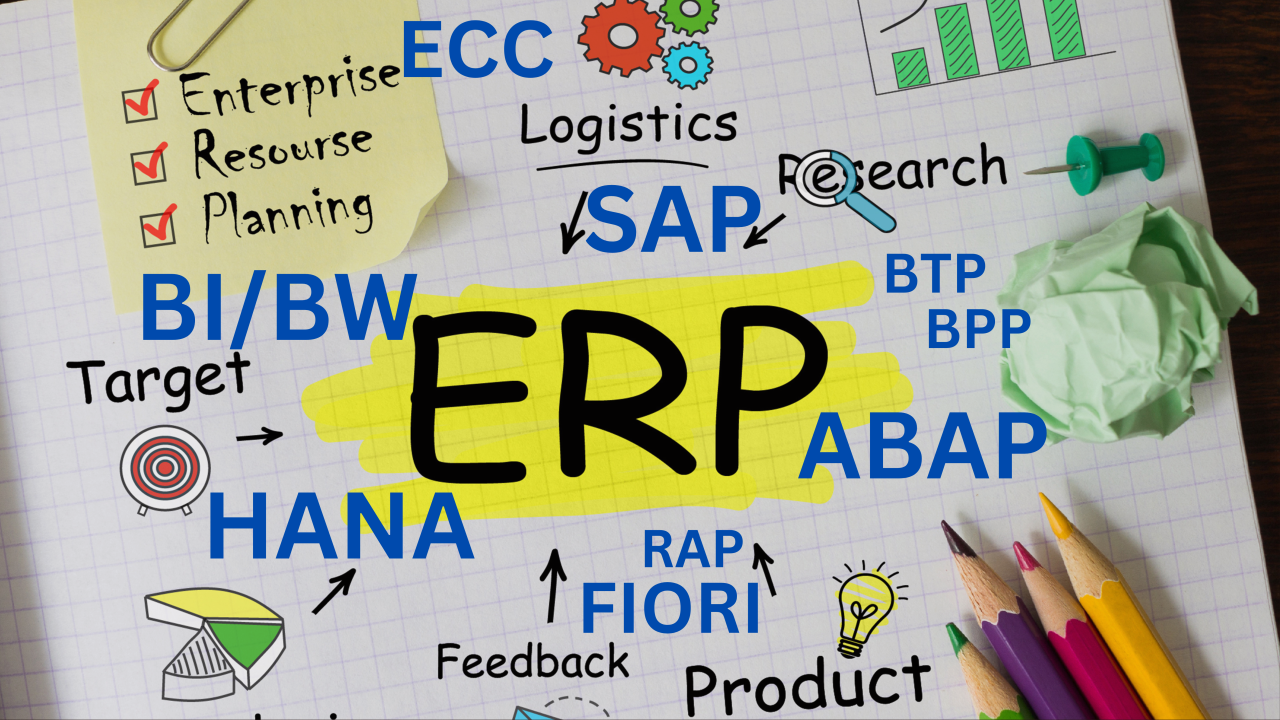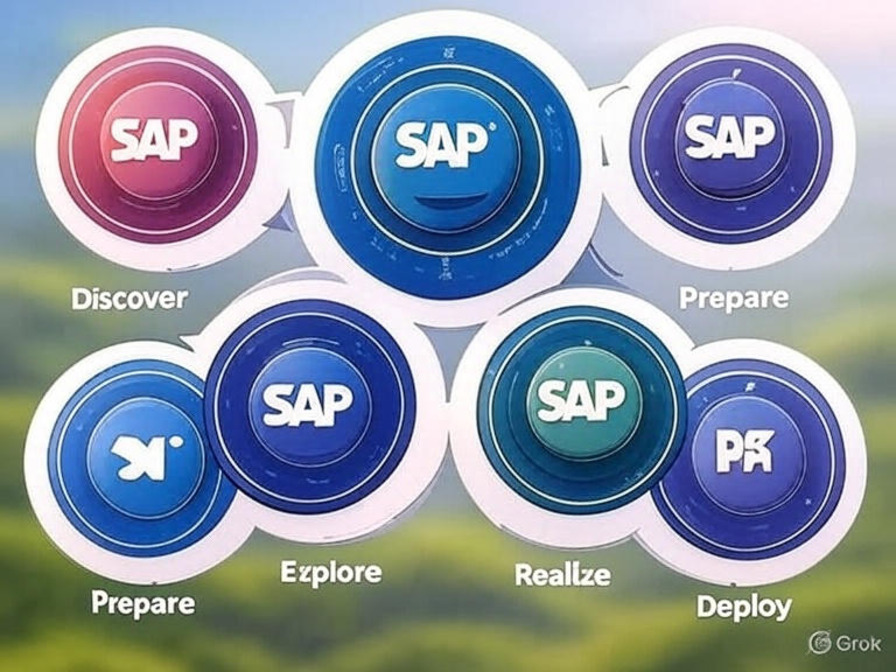Mastering SAP Implementation: A Deep Dive into the SAP Activate Methodology
The SAP Activate Methodology has become the cornerstone for organizations…
View MoreMay 01, 2025 | Pinakin Soni

Are you an SAP ABAP developer looking to master the art of designing classic reports? Classic reports are one of the most fundamental yet powerful tools in SAP ABAP for displaying data in a user-friendly format. Whether you’re a beginner or an experienced developer, understanding how to design a classic report is essential for creating efficient and effective SAP solutions.
In this article, I’ll walk you through the process of designing a classic report in SAP ABAP, complete with a real-world example. Let’s dive in!
What is a Classic Report in SAP ABAP?
A classic report is a simple list output that displays data in a tabular format. It is one of the most commonly used reporting techniques in SAP ABAP. Classic reports are event-driven, meaning they rely on events like INITIALIZATION, AT SELECTION-SCREEN, START-OF-SELECTION, and END-OF-SELECTION to control the flow of the program.
Key Steps to Design a Classic Report
1. Define the Data Structure: Identify the data you want to display and define the internal table structure.
2. Create a Selection Screen: Allow users to input selection criteria using parameters or select options.
3. Fetch Data from Database: Use ABAP SQL (e.g., SELECT) to retrieve data based on user input.
4. Process and Display Data: Use events like START-OF-SELECTION and END-OF-SELECTION to process and display the data.
5. Format the Output: Enhance the report with headers, footers, and formatting options.
Real-World Example: Employee Details Report
Let’s create a classic report to display employee details (e.g., Employee ID, Name, Department, and Salary) from the ZEMP_MASTER table.
Step 1: Define the Data Structure

Step 2: Create a Selection Screen

Step 3: Fetch Data from Database

Step 4: Process and Display Data

Step 5: Format the Output

If the ZEMP_MASTER table contains the following data:

Why Classic Reports Still Matter
While ALV (ABAP List Viewer) and other advanced reporting tools have gained popularity, classic reports remain relevant for their simplicity and efficiency. They are ideal for quick data retrieval and display, especially when customization requirements are minimal.
Best Practices for Designing Classic Reports
1. Optimize Database Queries: Use proper WHERE clauses to fetch only the required data.
2. Use Modularization: Break your code into subroutines or function modules for better readability.
3. Test for Performance: Ensure your report performs well with large datasets.
4. Add User-Friendly Features: Include selection screens, headers, and footers for better usability.
#PinakinSoni #SAP #ABAP #SAPDevelopment #ClassicReport #SAPABAPProgramming #Coding #ERP #SAPConsultant #TechTips #SoftwareDevelopment #LearnSAP #ABAPTips #SAPCommunity #TechCommunity #ProgrammingTips #DataProcessing #SAPReports #ABAPCoding #TechSkills #DeveloperLife

Mastering SAP Implementation: A Deep Dive into the SAP Activate Methodology
The SAP Activate Methodology has become the cornerstone for organizations…
View More
How to Design a Classic Report in SAP ABAP: A Step-by-Step Guide!
Are you an SAP ABAP developer looking to master the…
View More
AWS vs. Azure vs. Google Cloud: A Comparison of Top 10 Productive Features for 2025
AWS vs. Azure vs. Google Cloud: A Comparison of Top…
View More